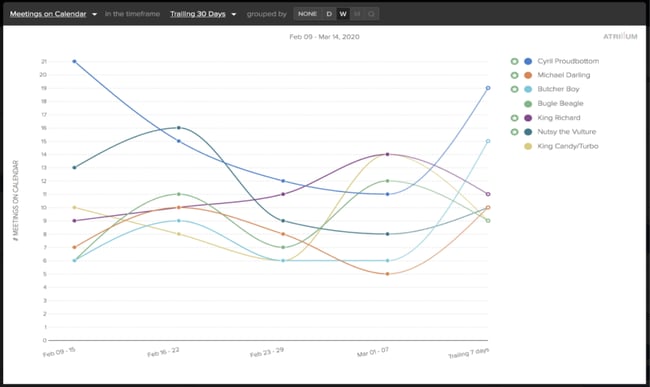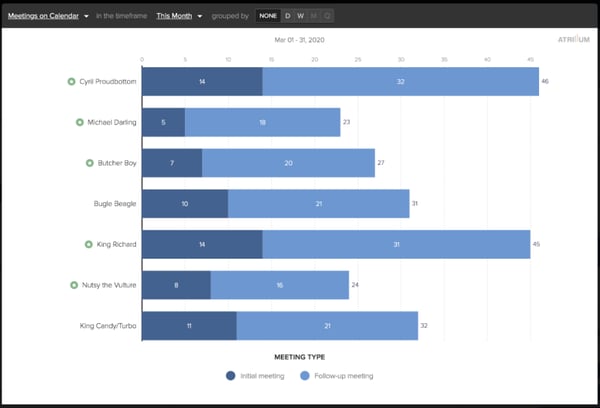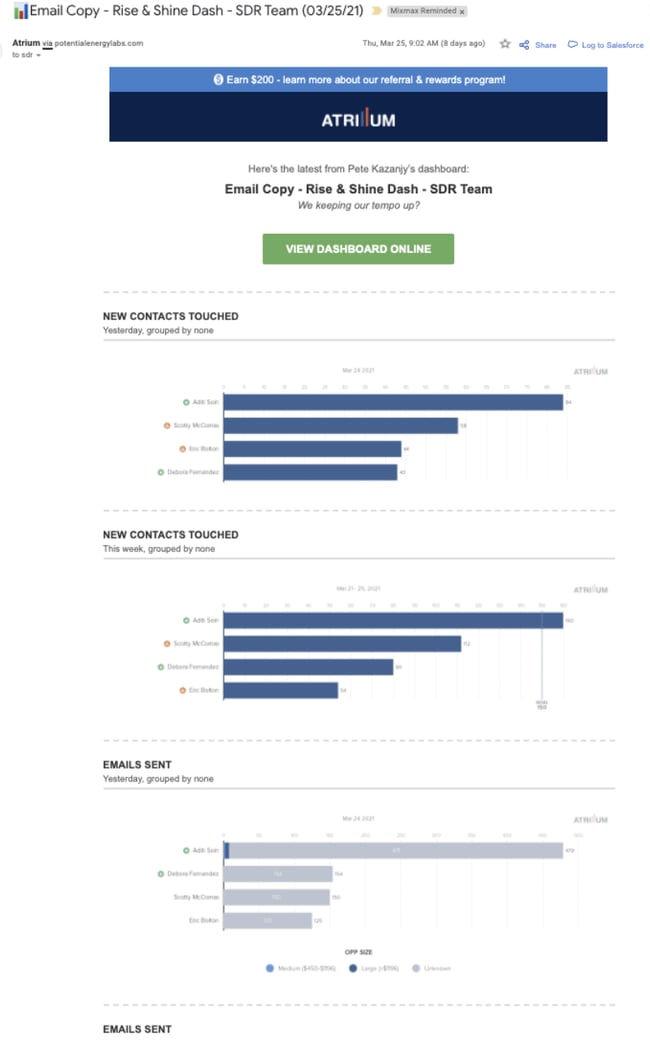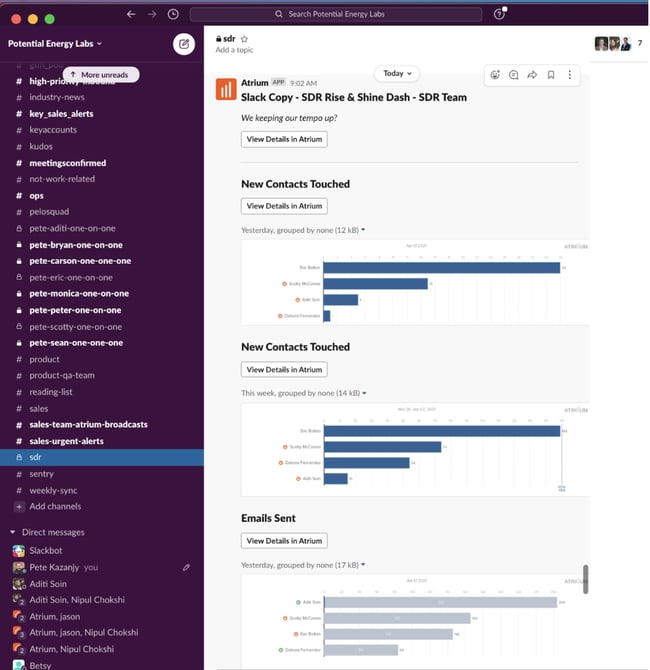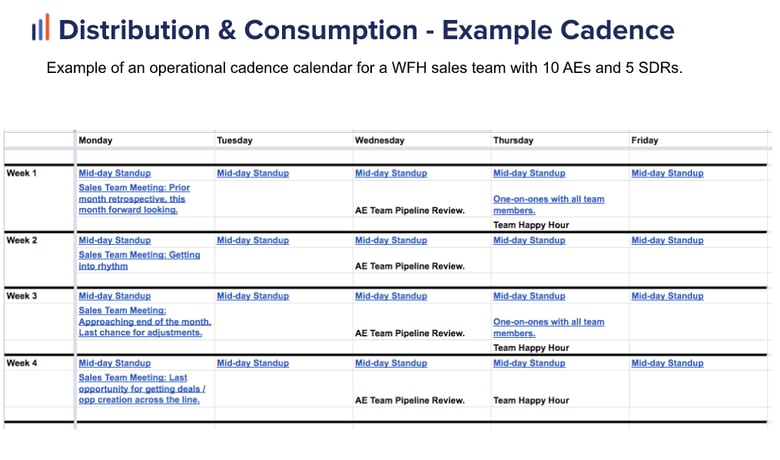Why Setting Goals Matters
Most organizations set enormous, overarching goals: We want our product to be deployed across 20 percent of Fortune 1000 companies! While it’s helpful to have a north star, setting these monolithic goals can make it easy to overlook the granular steps needed to get there.
For example, a baseball team’s overarching goal might be to win the World Series. In order to do that, they need to score more runs than their opponents throughout the season. But runs don’t materialize out of thin air. They come from a combination of walks, hits, stolen bases, and home runs. When a baseball team focuses on optimizing each of those categories—think, “My goal is to be a .300 hitter this year” and “Let’s steal 10 percent more bases this year than we did last year”—the runs naturally follow.
How Goal Setting Drives Results
Goal setting drives sales results because—just like in the world of sports—sales professionals are incredibly competitive. The best reps are always focused on improving their performance. When you set goals and give each sales rep something to aim for, you increase the chances for them to achieve those milestones.
Once you set goals, you can begin to identify where sales reps are struggling. Imagine that hitter who’s eying a .300 batting average is in the middle of a slump. Upon examining the player’s performance over the last several games, the batting coach makes a critical observation: The batter, who’s left-handed, is early on fastballs, which is causing him to hit directly into the shift. By helping the player improve their timing and hit toward the opposite field, the slump breaks all of a sudden, and the batting average begins creeping back up.
Similarly, a sales manager notices a rep with lower opportunity (opp) creation efficiency is resulting in 50 percent fewer opps compared to peers, even though they have higher email activity. By identifying this weakness in performance, the manager knows which goals to set for the rep.


